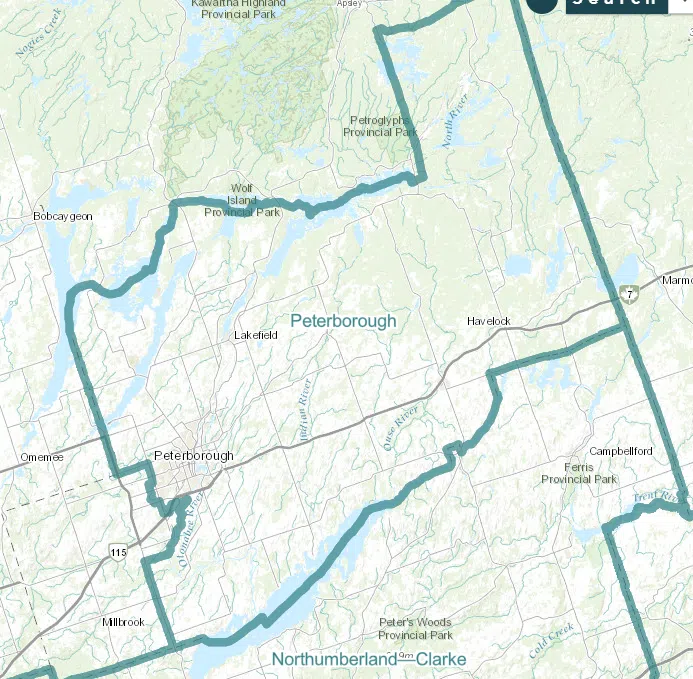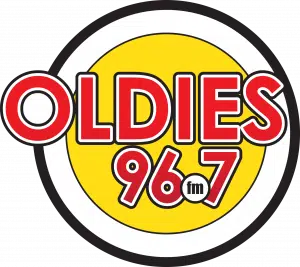
Map from: redecoupage-redistribution-2022.ca
You often hear about how Peterborough is a ‘bellwether riding’ – but what does that actually mean and is it true?
A bellwether riding is a leader or an indicator of trends. In simpler terms, who wins there is often the party that forms the government.
Looking closer at the history of our riding, it was created in 1953 from Peterborough West and Hastings—Peterborough. It consisted initially of the City of Peterborough and the townships of Galway, Cavendish, Harvey, Ennismore, Smith, Douro, Otonabee, and North Monaghan. In 1966, the townships of Galway, Cavendish and Harvey were removed from the riding, and the townships of Belmont and Methuen, Dummer, Smith and Asphodel were added.
Fast-forward to 2025, and there again has been boundary changes. Our riding is no longer Peterborough-Kawartha, it’s just Peterborough, and now includes the City of Peterborough; the part of the Municipality of Trent Lakes comprising the islands of the Curve Lake; the townships of Asphodel-Norwood, Douro-Dummer, Havelock-Belmont-Methuen, Otonabee-South Monaghan and Selwyn; and Curve Lake First Nation No. 35 and Hiawatha First Nation.
So how accurate is it to say we are indeed a reliable ‘bellwether’ riding? Peterborough has only elected an opposition MP at four general elections since its creation – in 1953, 1963, 1980, and 2021. The 2021 race had incumbent Conservative Michelle Ferreri ousting Liberal Maryam Monsef with just over 39 per cent of the vote.
Ferreri is challenged this time around by Liberal Emma Harrison, as well as New Democrat Heather Ray, Jazmine Raine of the Green Party, the PPC’s Jami-Leigh McMaster, Matthew Grove of the Christian Heritage Party and Independent Chad Jewell.
Polls close on Monday at 9:30 p.m.

